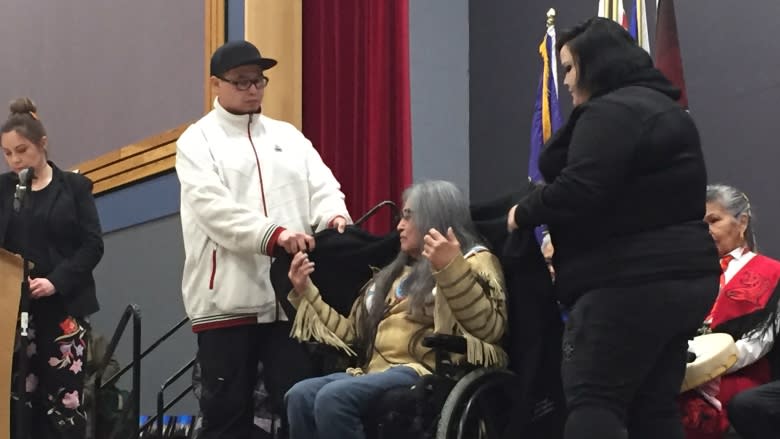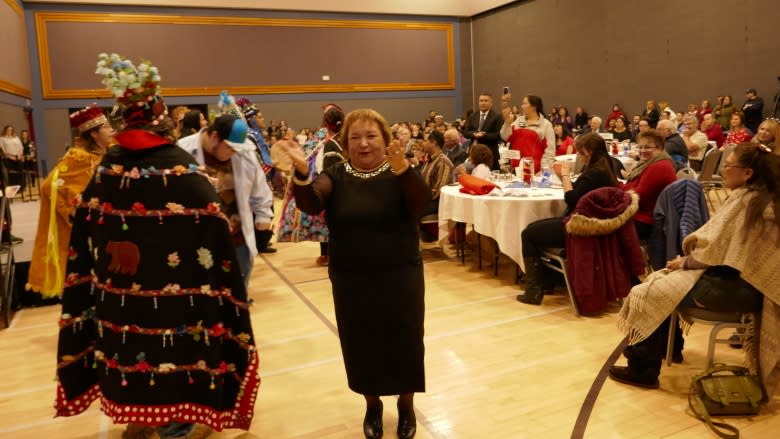Residential school survivor says Indigenous Court in Prince George, B.C., marks turning point for justice
A residential school survivor says the opening of a new Indigenous Court in Prince George, B.C., marks a turning point for reconciliation in the Canadian justice system.
Ray Izony is a member of the Prince George Elders Justice Council, which will help sentence offenders selected to take part in the province's sixth Indigenous Court, and first in the north.
Indigenous Courts (previously referred to as First Nations Courts) work within the existing criminal justice system with offenders who have already admitted their guilt.
Judges work with lawyers, community elders and often victims to come up with a "healing plan" for the offender that is aimed at rehabilitating them back into society while they serve their sentence.
Izony and other members of the Elders Justice Council have been trained in how to take part in this system and will develop healing plans for offenders to follow in conjunction with the rest of their sentence.
"It's very encouraging," Izony said of the grand opening ceremony for the court, held Friday.
"For the first time, I think, First Nations are going to be up there recognized in the justice system... That means healing for our people."
Izony, a member of the Tsay Keh'nay First Nation who attended the Lejac residential school as a child, is one of five members of the council which includes elders from the Lhedili T'enneh, Nisga'a, and Gitksan/Tsimshian nations.
The council worked alongside the Prince George RCMP, Prince George Urban Aboriginal Justice Society and city of Prince George to help bring the court to the city, which has an Indigenous population of over 12,000 people.
Prince George RCMP Supt. Warren Brown said it's long been a goal of his to establish an Indigenous court in Prince George in order to address systemic problems rather than simply having offenders go in and out of jail.
Christina Draegen, who is the northern regional manager of the Native Courtworker and Counselling Association of B.C. and lead of the push to bring the Indigenous court system to Prince George, said she was "overwhelmed" to finally see the work come to fruition.
"For a long time, there's been many tears of frustration thinking that this day would never happen," she said. "And here we are."
The court begins operations April 1.
By the numbers
In 2016, Canada's prison ombudsman provided numbers outlining the overrepresentation of Indigenous people incarcerated in Canada to the federal government. Some of those findings were relayed by Justice Minister Jody Wilson-Raybould in remarks she made favouring restorative justice. They included:
- In 2016, Indigenous people represented more than 25 per cent of inmates while making up just 4.3 per cent of the overall population.
- Between 2005 and 2015, the Indigenous inmate population grew by 50 per cent compared to the overall growth rate of 10 per cent.
- Indigenous women comprise 37 per cent of all women serving a sentence of more than two years.
- Incarceration rates for Indigenous people in some parts of Canada are up to 33 times higher than for non-Indigenous peoples.
With files from Audrey McKinnon and Nicole Oud.



